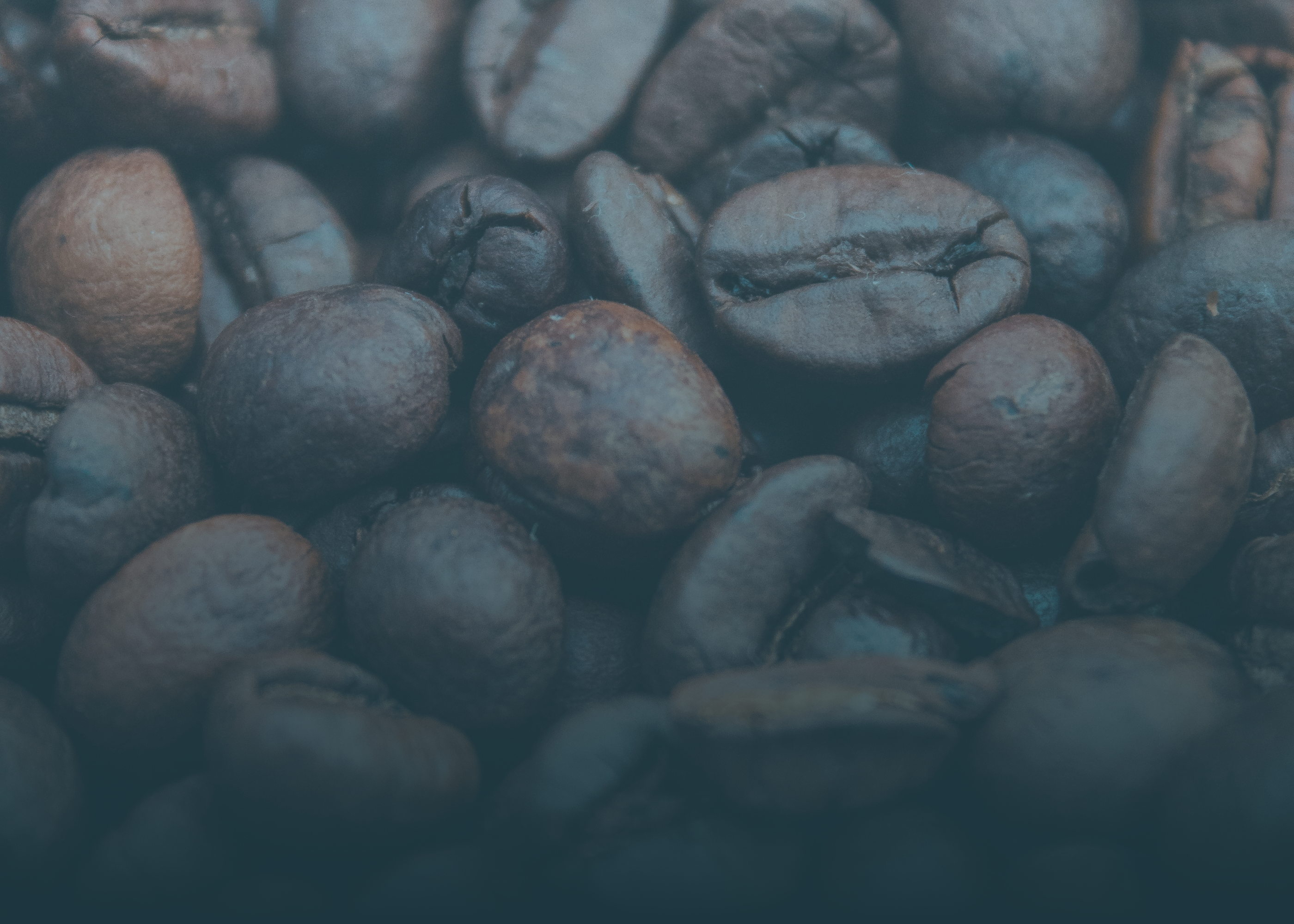By FERGUS SHAW
As the largest food and beverage company in the world, Nestlé leaves a significant footprint on the markets it touches.
While Nestlé is not a primary producer, it maintains close links with agriculture to establish provenance and guard against reputational risk associated with poorly chosen inputs.
While its products are mostly consumed, the packaging used to deliver product is a material consideration – Nestlé is concerned both with the source materials of packaging and its disposal after use. The investment that Nestlé makes in both packaging technology and ingredient sourcing is a competitive advantage that allows it to maintain Global Leader status.
Rather than simply observing the practices used by agriculture, Nestlé is an active participant in the development of new practices that improve productivity, crop quality and environmental practices. Nestlé achieves this via its network of Plant Science R&D centres and directly employed agronomists. Each year, the company processes 10% of the coffee and cocoa produced globally. For an example of a practical initiative we can look to Jardin in the Colombian Andes where Nestlé sources high quality coffee beans for Nespresso capsules. Traditional processing of coffee cherries involves on-farm fermentation to remove the outer shell with the waste product simply washed into rivers causing pollution. Nestlé and its partners worked with the local community to build a processing mill which brought together 200 farmers in a co-operative. The more consistent processing achieved by the mill results in a higher output and Nestlé’s rejection rate fell from 50% of beans offered to zero. This produced a higher income for farmers. Meanwhile, the mill uses water more efficiently causing a 60% decline in the volume of water used to produce coffee beans. Further, by incorporating a wastewater management system, water pollution of local rivers has been cut to zero.
The coffee produced by the Jardin Mill is delivered to consumers in an aluminium Nespresso capsule. The recyclability of aluminium was a key driver of the selection of the material when the capsule was originally designed. Not all packaging is so easily dealt with. The quantity of plastic packaging which is discarded or not recycled is a well-publicised problem. With annual revenue from sales of bottled water running at over 7 billion swiss francs, Nestlé is interested in engaging positively with the challenges presented by plastic packaging.
Nestle has committed to making all packaging reusable, recyclable or compostable by 2025.
Plastic presents its greatest challenge in meeting this goal. To achieve this, Nestlé partners with innovative businesses that are at the vanguard of materials science. For example, with support from Nestlé and PepsiCo, Danimer Scientific has developed a bio-polymer called Nodax which is a biodegradable alternative to petrochemical plastic. Nodax has received FDA approval for food use and therefore presents the potential for producing a bio-degradable bottle.
Nestlé generates profit from selling consumables in the food and beverage sector. By investing in improved methods and innovation at its suppliers Nestlé is giving itself the best chance of remaining the leading food and beverage company globally.



